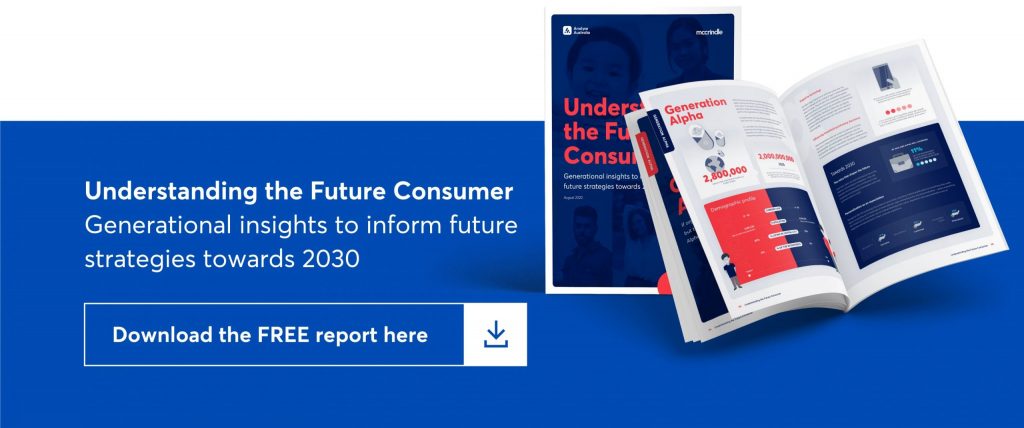By: McCrindle
Australia’s eight capital cities are changing rapidly and vary in their generational mix, cultural diversity, affordability, household income and commuter preferences.
With widespread societal change brought on by COVID-19, the 2021 Census will reveal a snapshot of the key demographic trends and will paint a picture of a changing Australia.
When considering the future of cities, there are five Census categories that will be at the top of our list to analyse when the data is released in 2022:
1) Generational mix (population by age)
2) Top countries of birth (cultural diversity)
3) Housing costs (rent and mortgage costs)
4) Income of household (plus income by individual)
5) Commute patterns and work-from-home level (travel to work)
The rise of regional cities
In addition to Australia’s eight capital cities there are another 22 cities and towns that have a population above 50,000 people. The top 30 cities in Australia, listed on our population map infographic, are being impacted by trends such as rise of the regions (#2), the future of work will becoming more hybrid (#8) and a focus on wellbeing (#9) which featured in our top ten trends of 2021. The Census results will show trends over time, and by using historical analysis we can form forecasts of what cities will look like as we approach the middle of this century.
Becoming a CLD rather than a CBD
The future of cities relies on their adaptability to become central lifestyle districts (CLD) instead of the traditional central business district (CBD). It is the culture, lifestyle, natural beauty, amenities and innovative use of technology that gives each city a unique soul and tangible feel that are valued by residents and tourists alike.

In this WFH (work-from-home) era, regional areas are attracting those from the cities because they are affordable and desirable. They provide ‘must-have’ services like education, and health, and are accessible with digital and physical connectivity to jobs, community and cultural experiences. These towns may be further away from a capital city (like Port Macquarie is from Sydney) or may be a reasonably close ‘sister city’ (like Geelong is to Melbourne or the Sunshine Coast is to Brisbane).
Preparing for future generations during the pause in population growth
Even prior to the pandemic, people were opting for lifestyle cities instead of living in CBDs, and so cities were being transformed. As the rise of the regions continues, capital cities will need to evolve to become destination cities for those seeking a new start in a smart city.

With a pause in overseas migration that has slowed population growth, now is the time for Australia to prepare for growth that will occur in the decades ahead. Future generations are expecting a bright future that is sustainable, creative and digitally integrated. The ABS forecast in 2017 that Australia’s population would double from 25 million to almost 50 million by 2066 and while we have experienced a slight blip in population growth during 2020 and 2021, the opportunity to prepare for future growth is a moment to seize.
Article supplied with thanks to McCrindle.
About the Author: McCrindle are a team of researchers and communications specialists who discover insights, and tell the story of Australians – what we do, and who we are.
Feature image: Photo by Urlaubstracker on Unsplash

